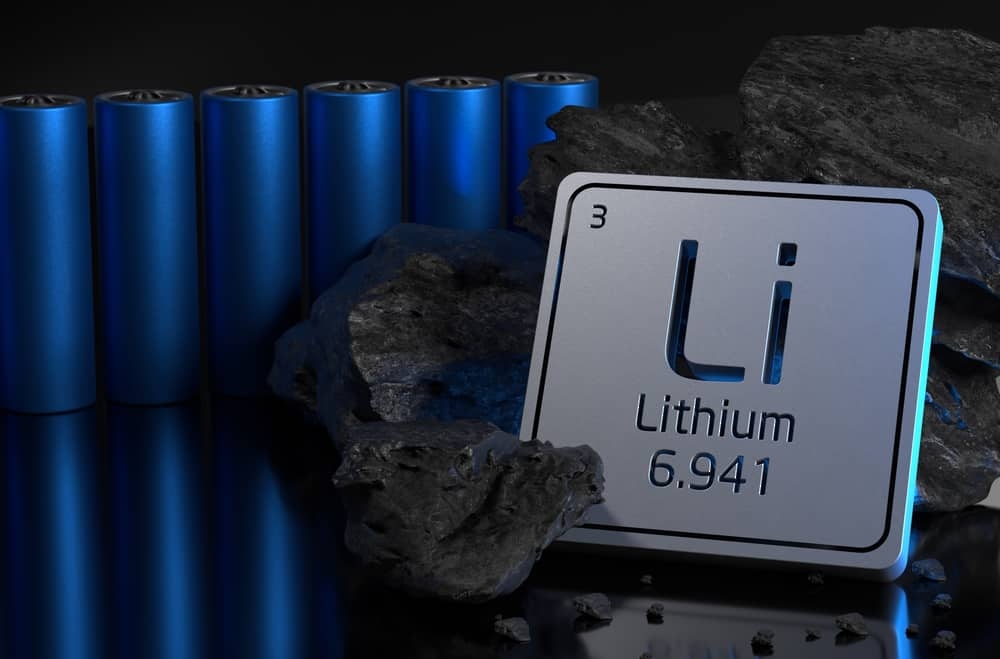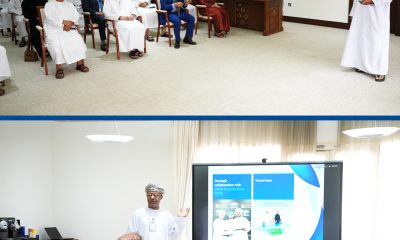News
New Invention Harvests Lithium From Salt Water – Here’s Why This Is Important
A revolutionary leap in sustainable technology is here – scientists from the University of California, Berkeley, and Nanjing University have designed a solar-powered device that can extract lithium from salty water with minimal environmental impact.

A revolutionary leap in sustainable technology is here – scientists from the University of California, Berkeley, and Nanjing University have designed a solar-powered device that can extract lithium from salty water with minimal environmental impact.
This innovation is set to transform lithium mining, offering a greener path to fuel the world’s surging demand for rechargeable batteries in electric vehicles, electronics, and renewable energy systems.
How It Works
The device uses a solar transpiration-powered process inspired by plants that absorb ions from salty environments. It incorporates a hierarchically structured membrane system with layers dedicated to evaporation, nanofiltration, and lithium storage.
By relying solely on sunlight, it eliminates the need for external energy sources, making it a carbon-neutral solution. The device captures lithium ions selectively, separating them from brines containing as little as three milligrams of lithium per litre. Under ambient conditions, each module can extract approximately 33.2 milligrams of lithium per square meter daily. Arrays of these devices can float on existing brine ponds used in lithium mining.
Why This Matters
- Environmental Impact: Traditional lithium mining is resource-intensive and environmentally damaging, often involving substantial land use and greenhouse gas emissions. This solar-powered alternative could dramatically reduce the environmental footprint by avoiding fossil fuel dependence and minimising waste.
- Growing Lithium Demand: With global lithium demand projected to triple by 2030 due to the EV boom and battery storage needs, sustainable extraction methods are vital. Current reserves may not meet this demand without innovative technologies.
- Scalability and Accessibility: The device is scalable, making it feasible for use in diverse saline environments such as seawater or brine lakes like the Dead Sea. This approach broadens the spectrum of extractable lithium sources.
- Economic Viability: The passive design significantly lowers operational costs compared to conventional extraction methods, which require intensive energy inputs. Researchers emphasise the potential for further efficiency improvements as membrane technology evolves.
Lithium’s Strategic Importance
Lithium is a linchpin for decarbonisation efforts. It underpins energy storage technologies vital for transitioning to renewable energy grids and electrified transport systems. The World Bank – as per a recently published report – estimates a 500% increase in mineral demand for clean energy technologies by 2050, with lithium leading the charge.
Future Outlook
While this technology is a step forward, challenges remain in optimising membrane efficiency and scaling up production to compete with established methods. A comprehensive techno-economic analysis is needed to validate its practicality for large-scale deployment.
However, the innovation does highlight the potential for harmonising industrial needs with environmental sustainability, paving the way for a greener lithium supply chain.
-

 Alamaliktistaad Magazines2 months ago
Alamaliktistaad Magazines2 months agoAlam Al Iktisaad – September 2025 Edition
-

 News2 months ago
News2 months agoKitchenomiKs Secures Investment of US$3.2M Led by Jasoor Ventures
-

 Banking & Finance2 months ago
Banking & Finance2 months agoOman Arab Bank Highlights Its Ongoing Strategic Initiatives and Future Plans
-

 News2 months ago
News2 months agoIEA Expects Global Oil Market to Remain Oversupplied in 2026
-

 Energy2 months ago
Energy2 months agoWLGA Middle East LPG Summit & Expo 2025 to be held at OCEC on November 10 and 11
-

 Real Estate2 months ago
Real Estate2 months agoAl Mouj Muscat Unveils Azura Beach Residences Phase 2: A New Chapter in Waterfront Living
-

 Leaders Speak1 month ago
Leaders Speak1 month agoDhofar International Development and Investment Company: Driving Sustainable Growth and Strategic Synergies in Oman’s Investment Landscape
-

 Events1 month ago
Events1 month agoOER Corporate Excellence Awards 2025 Honours Entities and Innovations in Oman






























